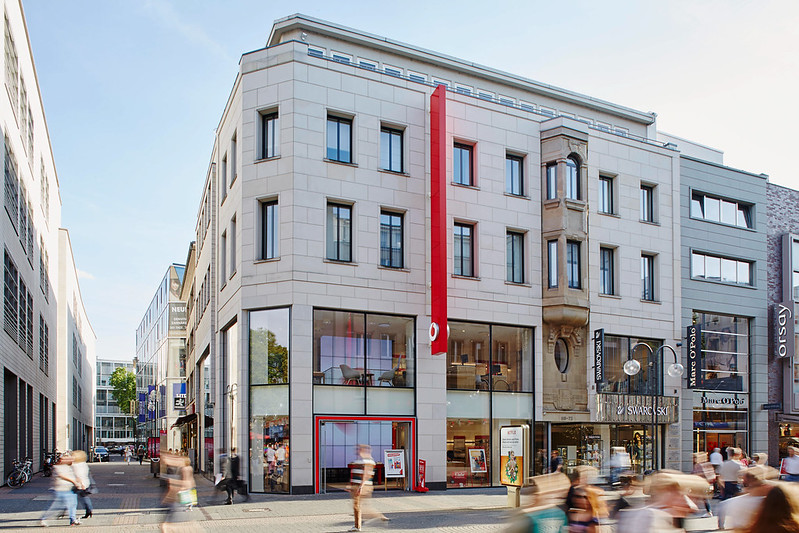
Vodafone has successfully tested new satellite-based positioning technology that can help its customers remotely track autonomous vehicles and unmanned aircraft within centimeters, the company announced Feb. 16.
This kind of accuracy could help autonomous machines achieve acceptance and mass adoption on roads and in factories, airports, dockyards, farms and other sites where machines may move, the company noted.
“We might not be able to locate a needle in a haystack yet, but we are getting close,” Justin Shields, Vodafone business platforms and solutions director, said in a statement.
The new system from Vodafone, the largest mobile and fixed network operator in Europe, makes use of the company’s global Internet of Things (IoT) platform—the largest in the world, with 118 million connections.
The telecommunications giant revealed its new positioning technology can remotely track a vehicle to just 10 centimeters of its location, an improvement of more than 3 meters compared with current standard satellite-based systems. In tests, it could track the exact lane that vehicles were traveling within in real time during a combined journey of more than 100 kilometers in varying weather conditions.
The new location tracking service was developed in partnership with global positioning provider Sapcorda. Any machines receiving signals from global positioning satellites via Vodafone’s IoT platform can benefit from Sapcorda’s network of global navigation system service (GNSS) receivers and augmentation technology to improve location accuracy by correcting for factors such as the curvature of the earth, atmospheric delays and clock differences of global positioning satellites.
Vodafone noted it could equip any number of vehicles with IoT SIM cards to quickly deliver positioning data using its gigabit-capable networks.
“Our in-building 5G and IoT services already allow manufacturing plants, research laboratories and factories to carry out critical, and often hazardous, precision work with robots,” Shields said in the statement. “Now we are applying the same levels of accuracy to the outdoor world.”

